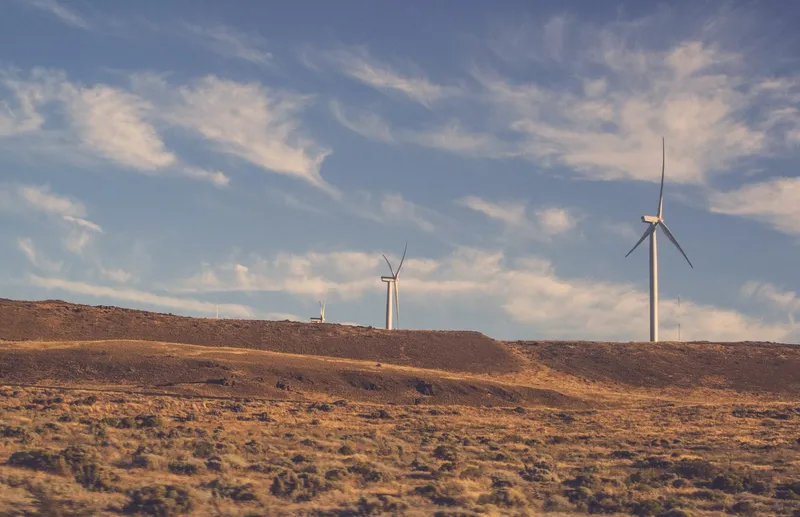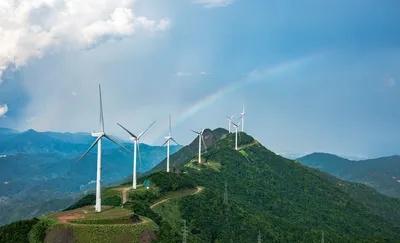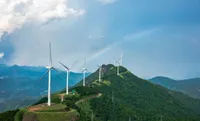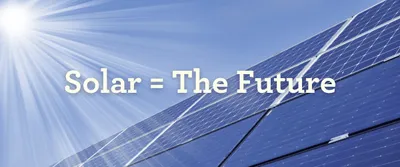Wind power 101: how do windmills really work?
15/10/2018

Currently, around 5% of New Zealand’s total electricity needs are powered by wind. We’re in a great location to take advantage of this renewable energy source, and we’ll be doing this more and more in coming years. Studies have shown that when combined with our abundant hydro-resources, wind could provide for more than 40% of our energy needs.
Why wind? Well, it’s renewable, it doesn’t require fuel, and it’s the cheapest form of new energy generation. If New Zealand embraces wind as an energy source, it has the potential to dramatically reduce our monthly power bills.
How is power generated from wind?
Throughout history, humans have used windmills to grind flour and perform other useful tasks. The wind turbine is an evolution of that technology.
The blades act like the wings of an aeroplane – the air flowing past the blade creates lift, which keeps them spinning.
As the blades rotate, they turn a shaft. This shaft is inside the nacelle – the box at the top of the tower where the blades protrude. That shaft goes into a gearbox (also in the nacelle), which speeds up the rotations for the generator. Using magnetic fields, the generator converts the rotational energy of the blades into electrical energy.
This electrical energy is then fed down a cable into the wind farm substation. Inside the substation the energy is converted to the correct voltage and fed into the national grid, where it’s transmitted around the country.
Why do wind turbines only have three blades?
You’d assume that the more blades a turbine has, the more power it would produce. But that’s actually not true – the more blades, the more wind resistance and drag are created, reducing the efficiency of the turbine.
One blade would actually yield the most energy, because it creates the least amount of drag, with two blades coming in second. However, one blade is far too unstable. Although turbines with two blades do exist, they often succumb to something called “gyroscopic precession” (a fancy term for ‘wobbling’) that stresses the turbine’s components and wears it out faster.
Three blades is the most efficient and stable option. For now. Scientists and engineers are hard at work on new designing, including bladeless turbines that harness gyroscopic energy. It will be fascinating to see what the future holds for wind power!
For more information on why turbines have three blades, see this interesting article on Investigate Engineering.







